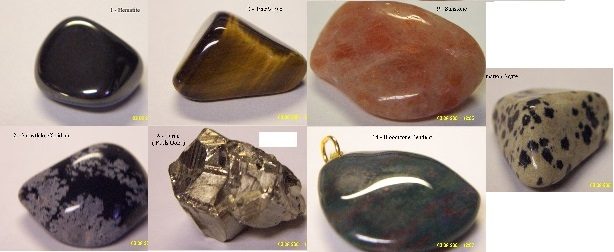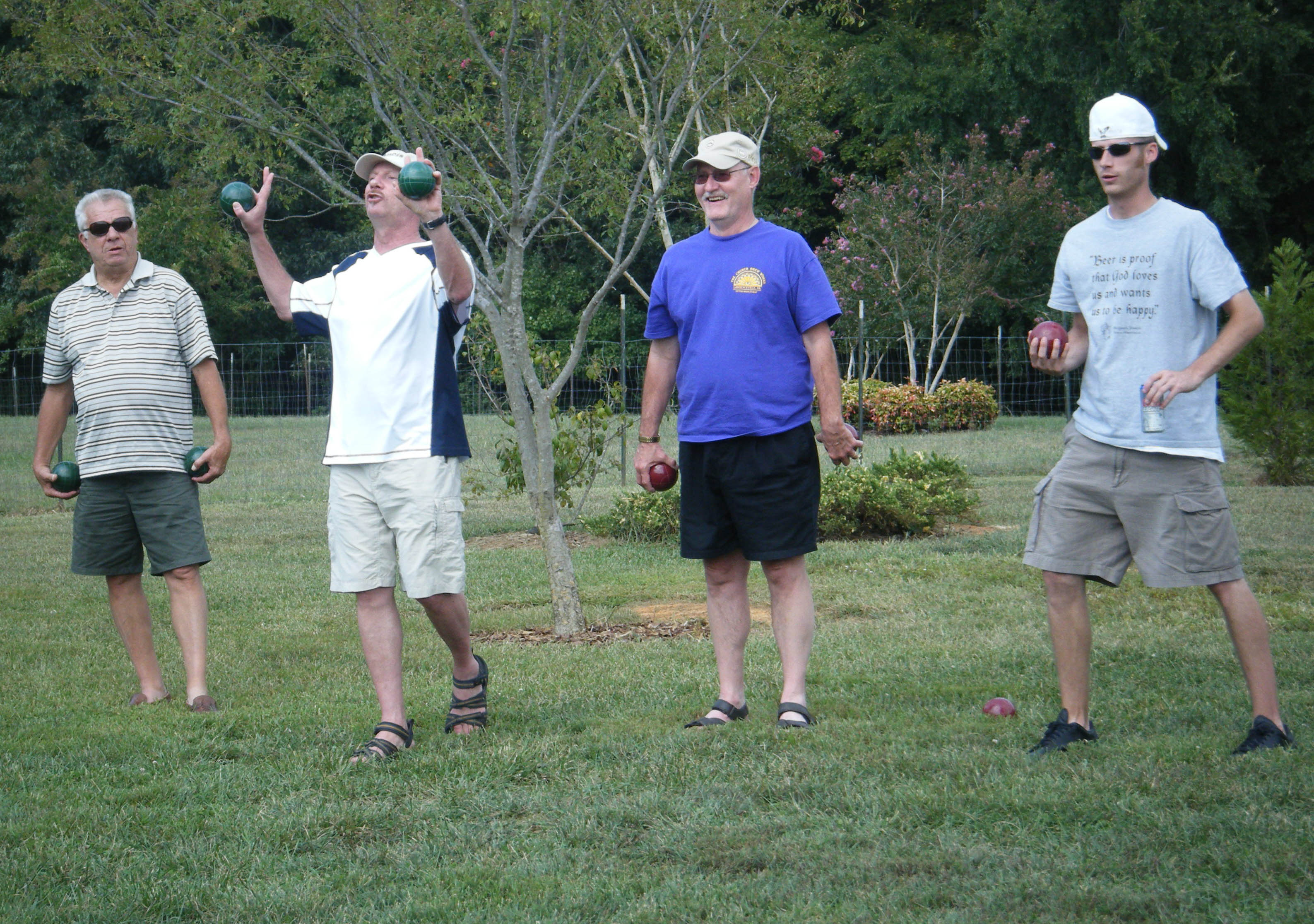For several months in early 2001, I was consulting on a software engineering project at a large bank in New York City. What little free time I had was often spent riding the subway or taking a taxi to various restaurants throughout Manhattan, or simply wandering the streets near my hotel in times square, stopping in the many interesting shops that clutter the streets.
One particular shop, a gem and mineral shop at 38th St and Madison Ave, was one of my favorite places to browse. I’ve always been fascinated with rocks and minerals and I would browse the aisles of display cases filled with gems and stones or handle the geodes and large polished rocks that sat in the nooks and crannies built into the walls.
My precious 5 yr old granddaughter, Erin Gloster, was due to arrive in North Carolina for a visit with us and I wanted to get some fun things for her. And then, a thought came to me: “Wouldn’t it be nice if I could spark in her the same interest I have in gems, rocks and minerals?” So, with that thought, a plan was hatched. I carefully selected 7 polished rocks from the display cases: each was slightly bigger than a large marble and each costing about $3. I selected stones with either visual qualities or names from which I could reasonably construct some type of mystical, fantasy universe. Mike, the kind sales clerk whom I told about the plan, gave me a small, black, velvet bag in which to put the stones.
The smooth, shiny stones I bought were:
- Tigers Eye – the honey colored shimmering stone that looks like an eye
- Snowflake Obsidian – a black stone covered with a white snowflake pattern
- Dalmatian Agate – a white stone with black spots – like the dog of the same name
- Sunstone – a splotchy, orange stone often used as a gem
- Bloodstone – a dark gray stone with red speckles – this is MY birthstone. It’s called the Stone of Courage.
- Pyrite – ‘Fools Gold’ – we all know about this one
- Hematite – A shiny, silky, dark gray/silvery stone that almost looks ‘deep’, as if it sucks in light.
That weekend, when the Glosters arrived at our home in North Carolina, I was ready to implement ‘the plan’. Even at the age of 5, Erin always followed me around, wherever I went! She was like my own cute little puppy – she was perfectly happy to follow me around and do whatever I did.
After lunch one afternoon, I walked out of the kitchen, through the dining room, and as I passed through the living room I confirmed that Erin was, as usual, following about 2 steps behind me. Just then, I discreetly pulled the black velvet bag from my pocket and let it drop on the floor. I took another 2 steps before I heard this little voice from behind me say: “FranPapa, you dropped something!”
I turned around, bent over, picked up the bag and said – very nonchalantly: “Oh …. those are just my Magic Stones.”
I turned and started to walk off again when I heard Erin say, with a very incredulous tone: “Magic Stones? You have Magic Stones?”
Once again I turned and faced her, looked at her like she was from the Moon and said: “yeah …. don’t YOU have Magic Stones?”
I can’t describe the distraught look on her face as she responded – almost in tears: “Nooo … I don’t have any Magic Stones!”
I sat down cross-legged on the floor, with Erin doing the same opposite me and I said “It’s OK … I’ll give you MY Magic Stones!” A huge smile grew on my face as I watched Erin’s expression change form sadness to extreme ecstasy!
I then explained the use of the Magic Stones to Erin. As I handed her each stone, one at a time, I told her it’s name and explained it’s ‘special power’. I first handed her ‘Sunstone’, and said that it could shed light on anything. I then handed her ‘Hematite’ and explained that it could absorb all light around it. I gave her ‘Pyrite’ and told her that it was the fool, the trickster – you shouldn’t trust it! I handed her ‘Snowflake’ and told her it could freeze anything it touched. I handed her ‘Dalmatian’ and said that it was her friend. As I handed her ‘Bloodstone’ I explained that it was the stone of courage and that it always did the right thing. Finally, I handed her ‘Tigers Eye’ and told her that it was the Master of all the stones and could be used to control their behavior.
I told her that you can use the stones to answer questions, see into the future or to tell stories. “All you have to do is toss the stones, look at the pattern and then use the power of each stone to tell the story!” Erin wasn’t old enough to remember each stone’s name or function (other than ‘Tigers Eye’ and ‘Bloodstone’) but she easily grasped the nature of the game – she and I sat there and played forever while she used her incredible imagination and creativity to make up a whole set of fantastic stories.
I never expected Erin to become a gemologist, but I’m sure that after that day she never looked at a rock the same way again.


